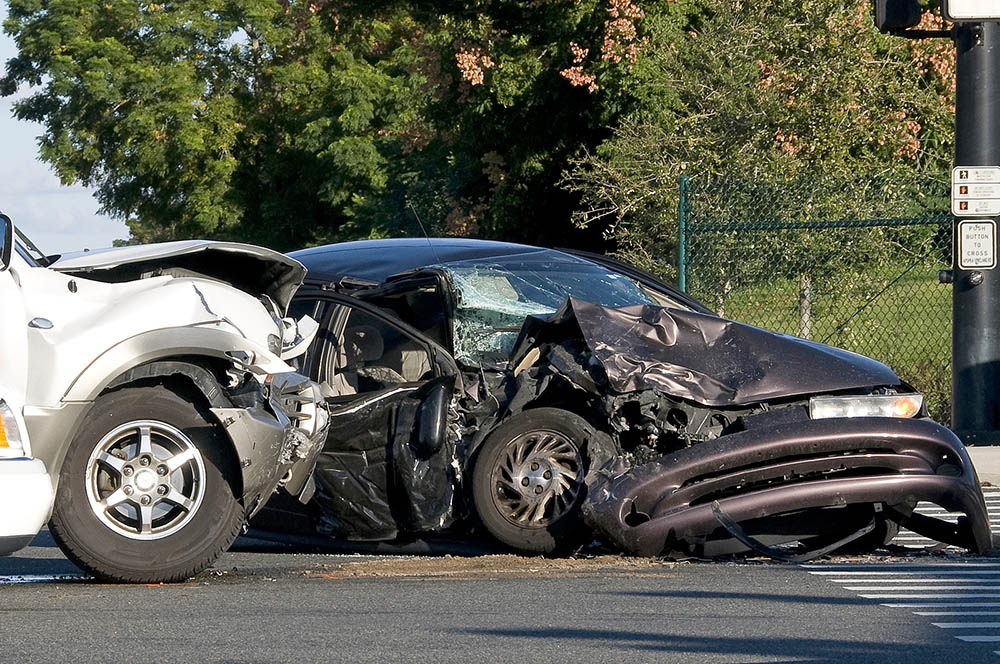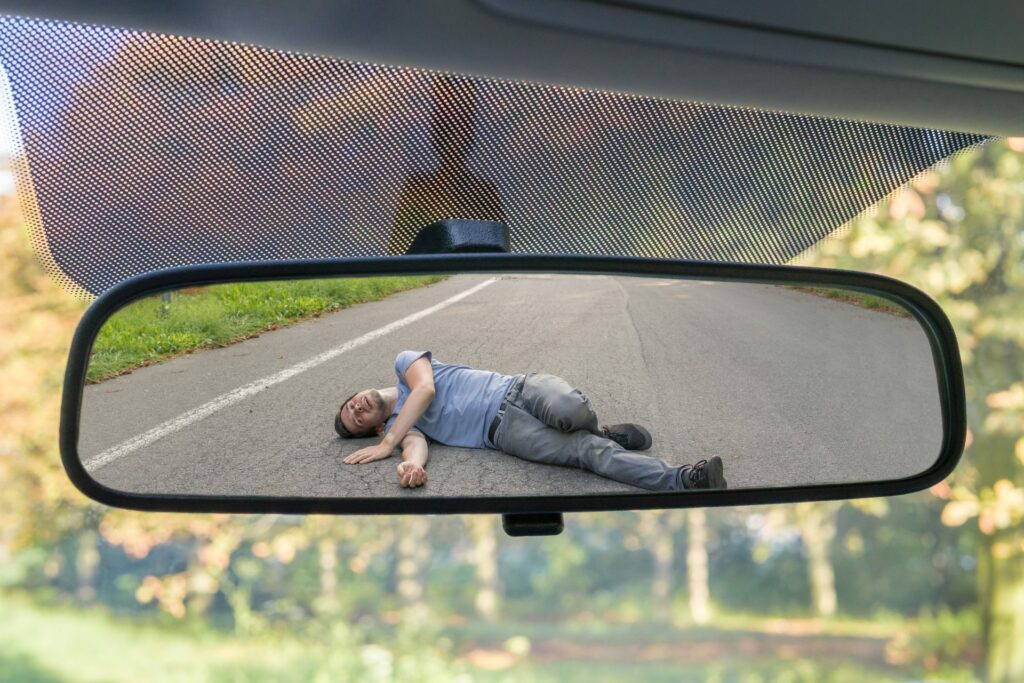Being in a car accident is traumatic on its own. But if the driver expected bodily protection in the form of airbags deploying, and the airbags didn’t, the injuries could be worse and the stress even higher. This Denver personal injury lawyer shares his knowledge and experience about what you can do if this happens to you.
Is There a Person or Group That Can Be Held Liable if My Airbags Didn’t Deploy?
Yes. While the other driver may be at fault and liable for the car accident itself, there can be additional damages you can pursue with the auto or airbag manufacturer. Having an experienced personal injury attorney helps, as they know what type of evidence is needed to determine which entity is at fault.
What needs to be proven is that under the conditions of the accident, the airbags should have deployed. If they didn’t, it’s likely because of some defect, either in the design of the airbags themselves or in how they were integrated into the vehicle. Determining the cause of the defect can indicate where the fault is.
Another aspect of pursuing a case against an auto or airbag manufacturer is the bodily injuries sustained by the driver or any passenger who should have been protected by the airbags. While airbags don’t protect against all injuries, it’s likely that the injuries suffered without airbags will be worse than they would have been if the airbags deployed.
Why Wouldn’t the Airbags Deploy?
There are multiple reasons why airbags sometimes don’t deploy when they should. Examples include:
- There were defects in the airbag itself or in its installation. This can require an investigation by an expert in airbags.
- The airbag was in a previous accident and hasn’t been replaced. Airbags should only be used once. Once they’ve deployed, they should be replaced. If the company that repaired the vehicle after the previous accident didn’t do this, they potentially could be liable, especially if they didn’t tell you this happened.
- The airbag had defective crash sensors. There are various ways this can cause the airbags to not deploy properly. The root cause can be determined by a specialist.
- Electrical components were defective, or the wiring was severed.
- The airbag was defectively designed and possibly not thoroughly tested.
Are There Any Reasons Why an Airbag Wouldn’t Deploy that Reduce the Other Party’s Liability?
There are a few reasons why an airbag doesn’t deploy, which might reduce or remove the liability from the auto or airbag manufacturer. One is if the crash is minor enough that it wasn’t likely to cause significant injuries, such as if a collision was at low speed (often found in rear-end collisions in slow traffic or driving across a pothole). Another is if someone who is physically small, such as a child, is sitting in the passenger seat. That can cause the airbag to turn off, which is a feature in newer vehicles. People of small stature are more at risk of being injured by the airbag.
These situations warrant investigation, however, as they’re likely to be used by the manufacturers as reasons why they shouldn’t be held liable.
What Kinds of Injuries Can Be Caused by a Front-End Collision Where the Airbags Didn’t Deploy?
How hard the vehicles collide plays a role in the severity of the injuries when airbags don’t deploy. Airbags are meant to stop the body from being harshly thrown into the steering wheel, dashboard, or even windshield. The types of injuries that can occur include:
- Skin laceration and scarring
- Broken bones
- Organ damage
- Whiplash
- Internal bleeding
- Spinal cord damage
- Traumatic brain injury (including concussion)
- Vision damage
- Soft tissue damage
- Skull fracture
- Death
What Evidence Is Needed to Sue the Auto or Airbag Manufacturer if My Airbags Didn’t Deploy in a Front-End Collision?
Essentially, there are three fundamental facts that need to be established:
- The airbags didn’t deploy, but the crash was severe enough that they should have.
- The reason the airbags didn’t deploy was due to a defect of some sort (as noted above).
- Injuries occurred because the airbags didn’t deploy, and the injuries were more severe than they would have been if the airbags had deployed.
These may sound simple to prove, but they often aren’t. The auto or airbag manufacturer will have experts of their own making the case that either the airbags didn’t need to deploy or didn’t deploy due to some reason beyond their control. Working with an experienced personal injury attorney who can bring in expert investigators to prove otherwise is highly recommended.
What Should I Do if I Been in a Car Accident Caused by an Uninsured Driver?
First, see a doctor to identify your injuries. Some severe injuries may not have symptoms right away, and it’s vital to get a complete diagnosis right away so treatment can begin. Then call me as soon as possible at 303-500-1376 for a free case evaluation. We can start working on your case immediately while the evidence is still fresh.
Something you shouldn’t do after the accident: Talk to the insurance representatives or attorneys of the auto or airbag manufacturers. Their primary goal is to remove or reduce the liability for the company they represent. They’ll use tactics to get you to say something that could be interpreted as releasing the company from responsibility. They could also try to negotiate a settlement with you that’s far lower than what you could get pursuing the case. If you hear from them either by phone or by letter, don’t answer any questions; just refer them to your attorney.
Documenting The Scene
It’s crucial to document the aftermath of the accident thoroughly. Take pictures of the scene, the position of the vehicles, any visible damages, and any potential contributing factors. Obtain contact information from any witnesses, as their accounts can be invaluable in corroborating your version of events. Additionally, request a copy of the police report, as it often contains crucial details about the accident. These pieces of evidence can significantly strengthen your case and help establish liability on the part of the auto or airbag manufacturer.
When seeking legal representation, opt for an attorney with experience in personal injury cases, particularly those involving defective airbags. They’ll have the knowledge and resources to navigate the complexities of product liability claims. Your attorney will work to gather expert testimonies, conduct thorough investigations, and build a compelling case on your behalf. They’ll also negotiate with the manufacturer’s legal team, aiming for a fair settlement that accounts for your medical expenses, lost wages, pain, and suffering. If a satisfactory agreement can’t be reached, your attorney will be prepared to take your case to court.












